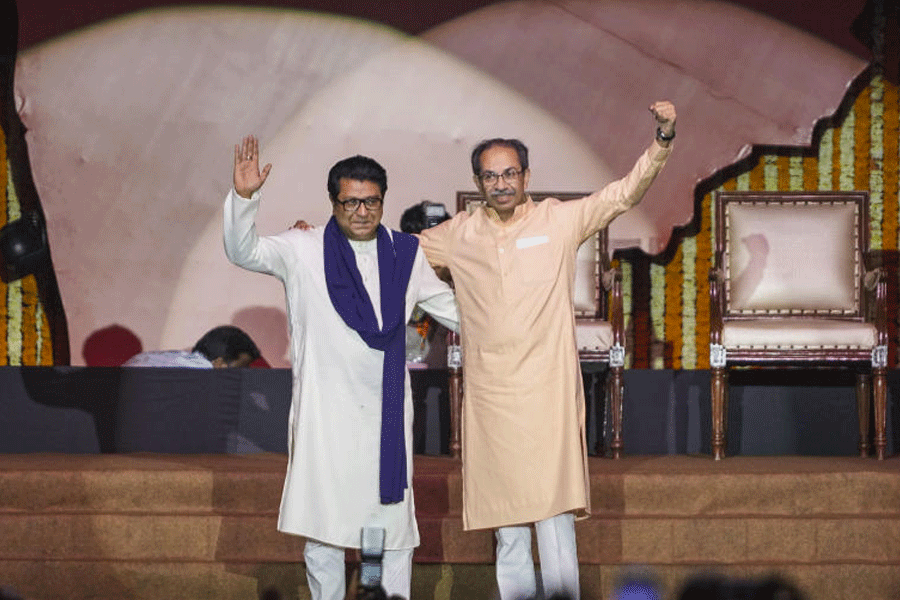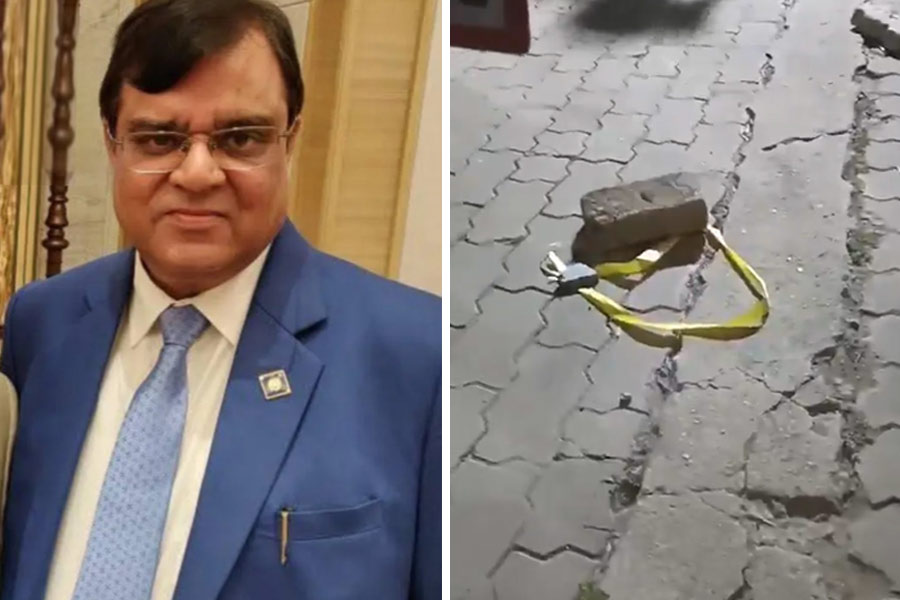 |
Picture this: you’ve been out in the sun all day long and have returned home with a throbbing headache. You blame it on sinus, pop in yet another painkiller and promise to seek an appointment with the ENT doctor. Make sure you don’t give that promised call a miss. For if you don’t go in for proper treatment, a headache may turn out to be much more than just a headache. North India, in fact, has been identified as an endemic zone of paranasal sinus mycoses by the Indian Journal of Chest Diseases and Allied Sciences. And going by the figures, it appears that the sinus problem is on the rise.
Symptoms of a sinus infection can include thick yellow nasal discharge, headache, a feeling of facial swelling, congestion, fatigue and fever. But there is no reason to panic as quite a few treatment options are available ? ranging from oral antibiotics, nebulised antibiotics, IV therapy to over-the-counter drugs, sprays, nasal washes and sinus surgery.
Often, it could be your features which could be the root cause of your problem. As Manoj Agarwal, ENT specialist, explains, “If you have a deviated septum, that is a structural deformity in your nose ? for instance, if the middle bone in your nose is not straight, you are more likely to develop a sinus infection. The resultant headache is called a contact headache. Other factors that could lead to a sinus infection include dental problems. If you’ve been neglecting a dental problem for quite some time, an infection in the root canal could also cause a sinus infection.”
Contact headaches apart, you can also have a facial headache. You know you need to see a doctor when you have a blocked or a running nose, you can’t breathe when you’re lying down, you need to get up to breathe or open your mouth and you feel pain around the eyes or cheeks. Left undiagnosed or untreated, this can cause further complications in the nose, eyes or middle ear and may last for months or even years.
Calcutta-based ENT specialist Santanu Banerjee says, “There are two main forms of sinus infections ? acute and chronic. Acute sinusitis may be the result of a previous viral infection, which causes swelling of the sinus membranes. Consequently, one or more of the sinuses may become blocked and give rise to a bacterial infection. Generally, acute sinusitis commonly follows a typical “cold”. If the symptoms last for more than a week, the cold may advance into a sinus infection.”
When sinusitis symptoms last for more than 12 weeks despite medical treatment, it is termed a chronic sinusitis which may be caused by a blockage of the sinus openings, problems with the movement of mucus or a weakness in the immune system. The symptoms are similar to those of acute sinusitis but patients usually do not run a temperature. A distressed Minakshi Banerjee, a college student, recounts, “I have suffered from chronic sinusitis for years. I had a sinus surgery six years ago. For two years thereafter I had no problems. Then, the familiar pattern of infections recurred but only on the right side. So now I have to take more medication, irrigate my sinuses and use a saline spray with an antibiotic in it.”
Garima Grewal, an event coordinator, has another complaint. “I am 49 years old and had no history of sinus till at least a year and a half ago. I don’t know if it is related to medicine, age or the environment ? I just moved to a hilly area. But my doctor tells me it could be sinus. I’ve been taking medication but it hasn’t helped.”
It isn’t as though these problems are incurable. It’s just that the doctors in both cases didn’t conduct enough investigations to arrive at the root cause of the problem. “When there is a hazy appearance around the nasal region, doctors tend to diagnose it as a sinus infection and send the patient to an ENT specialist. This is wrong. Considering the amount of pollution that an ordinary man is subjected to, the haziness is generally caused by smoke, dust and fumes. A more scientific approach would be to get a nasal endoscopy done and a CT scan of the sinuses,” emphasises Agarwal.
So next time you have a headache, you know what to do.
What to do
![]() Those suffering from sinus can do neti to get relief. It is an asana in which you inhale warm saline water through the nose and exhale it through the mouth. It cleans your nostrils of mucous.
Those suffering from sinus can do neti to get relief. It is an asana in which you inhale warm saline water through the nose and exhale it through the mouth. It cleans your nostrils of mucous.
![]() Nadi shodhan pranayama helps facilitate breathing as sinus patients often suffer from a blocked nose and irregular breathing patterns. You need to sit in any comfortable posture with a back-rest and legs outstretched. Your torso should be relaxed but upright. Relax, close your eyes and breathe in an effortless way for a while. Place the left hand on the knee in Jnana or chin mudra. Touch the centre of your eyebrows lightly with the index and middle fingers of your right hand use the ring finger to open/close the left nostril. This is the base position. The eyes should remain closed throughout the practice. Close the right nostril with the thumb and breathe in and out five times steadily and gently through the left nostril. Next, remove your thumb from the right nostril and close the left with the ring finger. Breathe in and out five times slowly through the right nostril. Finally, keeping the index and the middle fingers in contact with the eyebrow centre, open both nostrils and breathe through them gently five times. This is one round. Do five to 10 rounds more followed by palming and then open your eyes. The breathing should be silent, smooth and relaxed.
Nadi shodhan pranayama helps facilitate breathing as sinus patients often suffer from a blocked nose and irregular breathing patterns. You need to sit in any comfortable posture with a back-rest and legs outstretched. Your torso should be relaxed but upright. Relax, close your eyes and breathe in an effortless way for a while. Place the left hand on the knee in Jnana or chin mudra. Touch the centre of your eyebrows lightly with the index and middle fingers of your right hand use the ring finger to open/close the left nostril. This is the base position. The eyes should remain closed throughout the practice. Close the right nostril with the thumb and breathe in and out five times steadily and gently through the left nostril. Next, remove your thumb from the right nostril and close the left with the ring finger. Breathe in and out five times slowly through the right nostril. Finally, keeping the index and the middle fingers in contact with the eyebrow centre, open both nostrils and breathe through them gently five times. This is one round. Do five to 10 rounds more followed by palming and then open your eyes. The breathing should be silent, smooth and relaxed.
What to avoid
• Continuous use of nasal drops
• Extremely cold AC rooms
• Swimming
• In fact, those who are forced to work in an air-conditioned environment should keep some warm clothes handy
Suggestions by ENT specialist,
Santanu Banerjee










